Canon IXUS 115 HS Review
Canon IXUS 115 HS
Tiny, cheap, stylish and cheerful, this is the very definition of a great ultra compact camera.
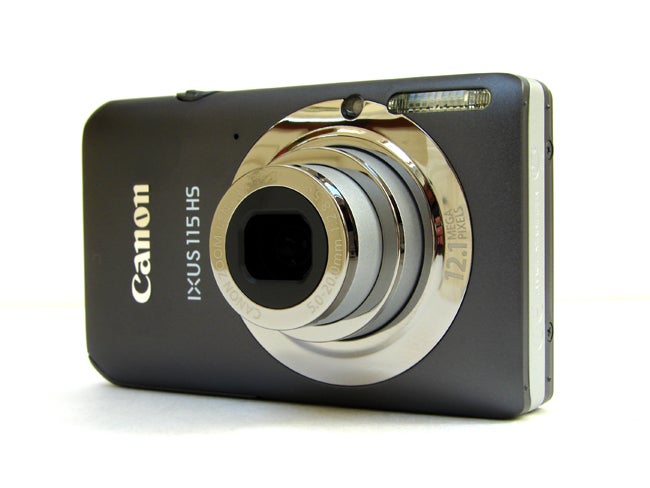
Verdict
Pros
- Styish design
- Tiny dimensions
- Good image quality
- Surprising number of features
Cons
- Small size can make it cramped to use
- Few manual controls
- Somewhat pricey
Key Specifications
- Review Price: £150.00
- 12.1 megapixel sensor
- 4x zoom lens (28 - 112mm equiv.)
- Full HD video
Looking for a reasonably priced pocket camera for a gift or a weekend away? Then the Canon IXUS 115 HS should be right up your street. Little brother to the Canon IXUS 220 HS we reviewed the other week and £20 cheaper, it shares the same 12.1 megapixel resolution 1/2.3-inch sensor and knocks the zoom range down a notch to 4x. With a stylish, highly compact design, though, it’s a great little all-rounder. 
Said lens is equivalent to 28-112mm in 35mm film terms so isn’t quite as wide as the 24mm on the 220 HS. The IXUS 115 HS does however boast a larger 3in 230k dot screen, compared with the 220 HS’ 2.8-inches, that, given the camera’s generally petite dimensions, swallows up most of the back. This is no bad thing, though it means that the few attendant buttons alongside it are on the small side, if well labelled. Equally good value competitors include Nikon’s recently reviewed and likewise pocket sized Coolpix S3100.
With the maximum lens aperture a relatively bright f/2.8, it’s a welcome surprise to find that also featured here is Full HD video shooting. This function even gets its own camcorder style red record button top right of the back plate. One press and you’re instantly filming, even if you’d been taking a photo a second before. Do this and the screen display narrows to ape the films 16:9 widescreen aspect ratio, black bands cropping it top and bottom. It’s even more of a surprise to find video functionality twinned with mini HDMI output too, allowing users to directly hook up to an HD TV – if, that is, the optional cable is purchased. Otherwise standard AV and USB output share a port alongside.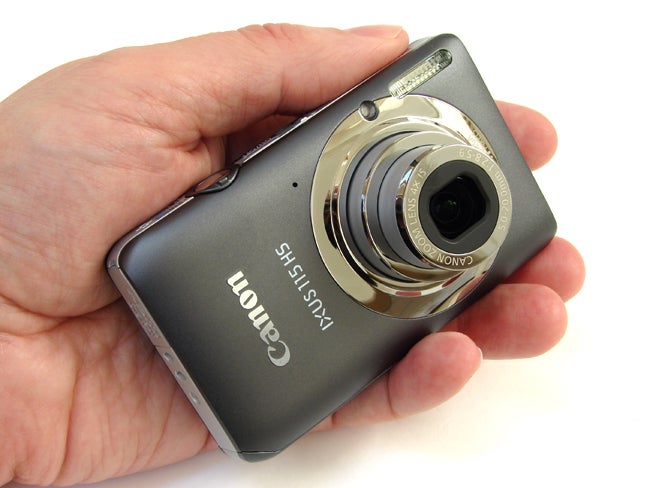
The ‘HS’ camera suffix stands for High Sensitivity, with, aided and abetted by the sensor being of the backside-illuminated variety, while the ISO range top out at a maximum ISO3200. We also get a built-in flash as back up, though the window for it is very narrow and it has been placed at the top right hand corner of the faceplate, where fingers can inevitably stray in front. The mirrored lens surround is an attractive touch, and you can just about see your face in it if attempting self portraits.
This IXUS, like the rest of the Canon compact range, provides the ability to adjust colour tones via a function toolbar summoned up with a single button press, with vivid being particularly effective in adding a degree of dynamism when shooting natural landscapes. Via the same side panel Canon has provided access to a range of digital effects on the 115 HS that mirror those on its pricier 310 and 220 HS models. 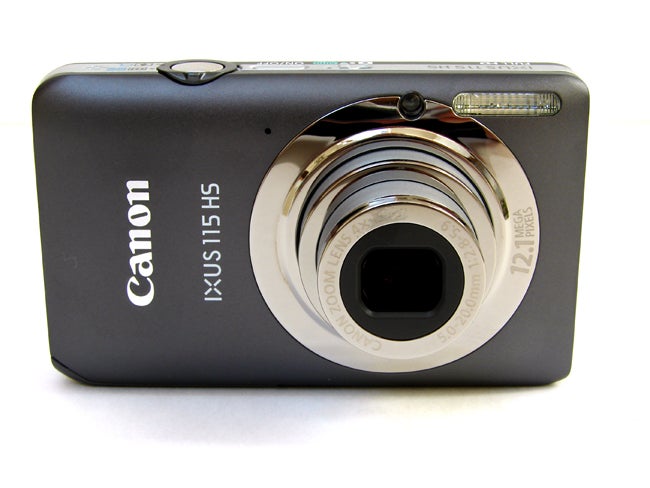
Among these we get the usual fisheye and pinhole camera (or as Canon has it ‘toy camera’) style effects, plus a further super vivid setting denoted by a parrot icon. There’s also our favourite of the increasingly ubiquitous miniature effect, which apes the result from a specialist tilt and shift lens, whereby it narrows the portion of the image in focus to give the illusion that you’re looking at a photograph of a model rather than an actual real-life building. Images are recorded to SD, SDHC or SDHC memory card; there’s no internal memory supplied with the camera – Canon seems to have stopped doing that a while back.
From the above it would appear that by making a purchase of the IXUS 115 HS, you will get a very fair return on your investment. But how does it handle in practice and what other features lurk beneath its unassuming exterior? Read on to find out…
The IXUS 115 HS feels robust when gripped thanks to the proportion of metal in the build. It weighs a very portable 140g, and with a width an almost exact match for a credit card it will slip into a top pocket without any problem. Official dimensions are a svelte 93.1×55.8×19.9mm, and we had the subtly stylish battleship grey variety in for review, one of four colour options. 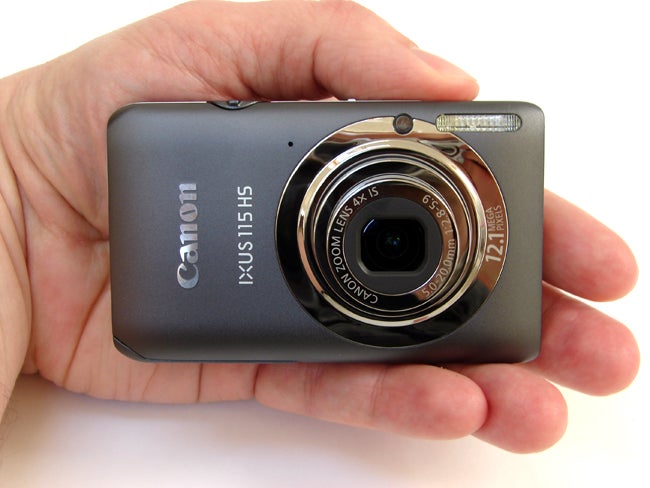
Once again though, like previous generations of the digital IXUS, in being enslaved to the need for compactness there’s nothing resembling a hand grip here. We just get the rough feel Canon logo preventing fingertips from sliding about at the front, while your thumb is left to slide around over the controls on the back. Thankfully the compact size makes one-handed operation manageable, especially if you opt for the safety net of a wrist strap.
On the IXUS 115 HS’ top plate a simple slider switch allows users to alternate between standard Smart Auto mode, which compares the scene or subject before the lens with 32 on-board presets and selects the most fitting for optimal results, and Program Auto.
As on the IXUS 220 HS and 310 HS, with the latter mode selected further manual options are available via the ‘func/set’ button in the right hand middle of the camera’s backplate. In standard Auto mode there’s just the option to select the camera’s self timer, alter the photo aspect ratio from the default 4:3 to 16:9, 3.2 or 1:1 aspect ratio, and adjust image quality for both stills and video. But in Program Auto mode you get three metering options (evaluative, centre weighted and spot), 11 ‘My Colors’ options, white balance, ISO speeds (ISO100-3200), and single shot or continuous shooting mode. If you tab down and select the ‘P’ for Program icon, the shooting mode options also open up further. 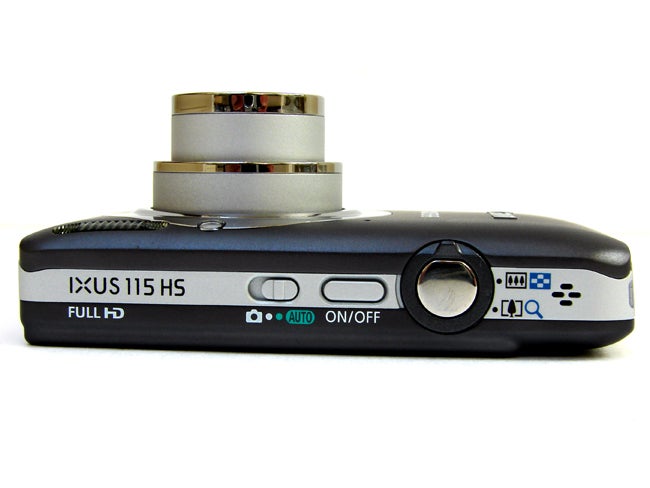
As on the 310 and 220 HS models there’s an esoteric Movie Digest mode, which records a short four second video burst at the point a still image is taken and then automatically stitches these clips together to form a little standalone movie, as Canon claims, telling the backstory of your day’s shooting.
Also available are dedicated scene modes for photographing children and pets, a smart shutter mode that uses face detection to take shots automatically, high speed burst mode (8.2 fps, with a resolution drop to three megapixels) and best image selection (with resolution drop again), handheld night scene, low light mode, plus aforementioned digital effects including fisheye, miniature (for stills as well as video), toy camera, monochrome, super vivid, and faded poster effect. Furthermore individual colours can be highlighted and swapped. We then get individual scene modes covering beach photography, underwater snaps (there are a couple of waterproof case options available for the IXUS), foliage, snow, fireworks, more unusually for an ‘auto everything’ camera a long exposure mode for dark subjects, plus two stitch assist modes for shooting panoramas (panning left to right and vice versa).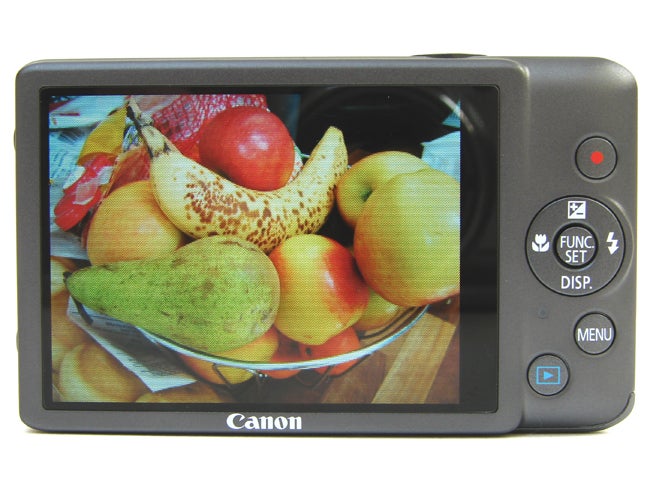
The last among this list of shooting options is the Slow Motion movie mode which allows 240fps capture at an email friendly 320×240 pixels, replayed at an eighth of the actual speed for that walking through treacle effect, or standard definition 640×480 pixels clips at 120fps, which are then replayed at a quarter of the actual speed. All-in-all a more versatile array of features than one would expect to find on a £150 pocket snapper.
Furthermore, ranged around the familiar backplate control pad, that on the IXUS 115 HS is getting close to being a little too small for comfort, are a means of adjusting exposure compensation (a modest +/- 2EV), flash and display settings and adjusting focus between infinity and macro settings. That’s if the camera is in Program mode. If you’ve opted for Smart Auto instead, the focus point is obviously decided by the camera and pressing the exposure comp option calls up an AF tracking point instead for those who want to maintain focus on a moving subject – for example children or pets who won’t stay still.
The Canon IXUS 115 HS’ power switch is level with the top plate to prevent accidental activation when generally handling the camera. Give this a press and with a sprightly chirp the camera bursts into life, readying itself for action in just over a second, which is fairly speedy for a camera of this calibre. 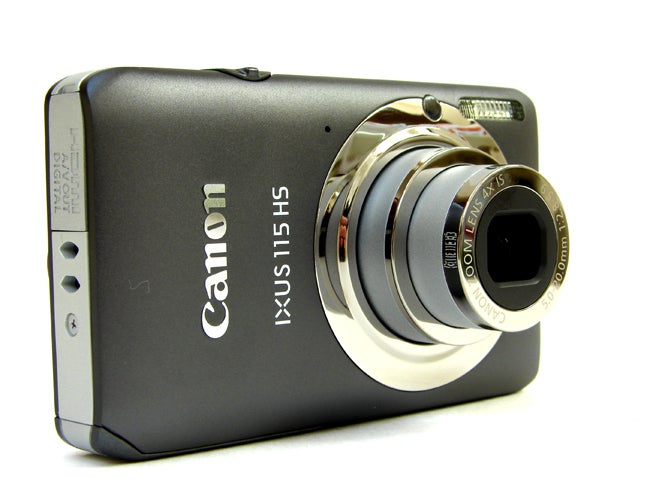
Fortunately playback is given its own separate dedicated button, which means that with a half press of the shutter release button in review mode the user can jump back to capture mode to take a shot should one suddenly present itself – there’s no need to waste precious moments flicking a switch or turning a dial. As on the IXUS 220 HS, there’s no bottle top style shooting mode dial here at all; controls have been paired down to the essentials to allow users to take and review shots quickly – and as we’ve said, more extensive shooting options are secreted away on the function toolbar if you want them.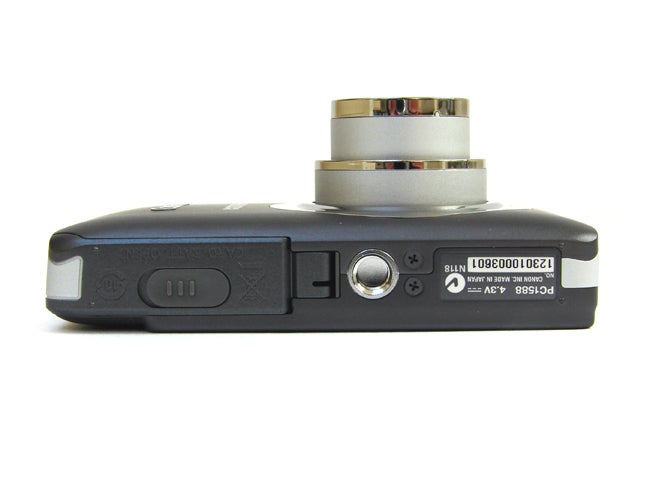
A half press of the shutter release button and after a satisfyingly short moment, AF points/s are highlighted on the screen in green. Whilst the AF is not lightning fast, it’s fast enough. Press down fully to take the shot and in single shot mode the camera takes around three to four seconds to write a maximum resolution JPEG to memory. So again the IXUS 115 HS is not the fastest ever compact in this respect but neither is it something you notice holding you up as you progress from one shot to the next.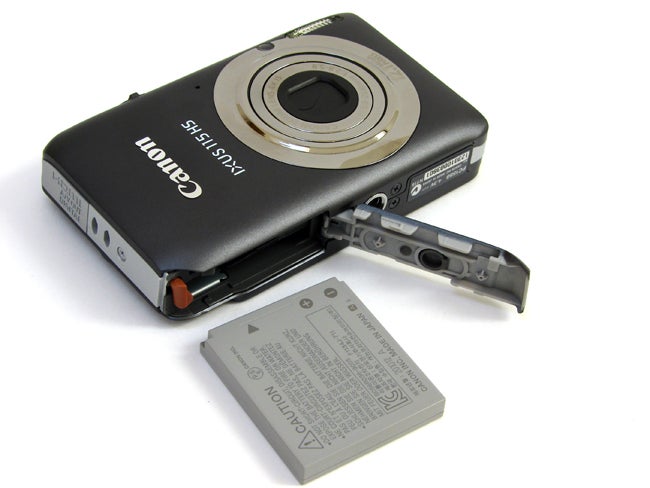
In general terms, and given the caveat that this is a snapshot camera, we were very pleased with the pictures we got with the 115 HS. Sure, like any compact camera it has its occasional issues with pixel fringing visible between areas of high contrast, but other than that we haven’t really much to snipe about here. At wide angle setting good corner to corner sharpness is for the most part maintained, and even at maximum telephoto setting we were getting nicely crisp detail. You can just point and shot and be safe in the knowledge that exposure and focus will be spot on most of the time, which is all any of us want from a budget snapshot. As with its recent IXUS siblings its performance in lower lighting impressed us too, with its top ISO3200 actually being usable rather than just existing on a list to flesh out the spec. All in all, and again as we found when examining the IXUS 220 HS, this is a better than expected result from a low cost Canon IXUS, that when coupled with the £150 asking price places it very much in ‘best buy’ territory.
”’Verdict”’
The Canon IXUS 115 HS doesn’t set new records in terms of image quality, but as a tiny stylish compact, it was never set to. However, what you do get is a camera that’s easy to use – assuming your hands aren’t too large, is nicely built, produces reliably good results and packs in more features than you might expect. It’s not the cheapest camera in its class but it’s definitely one of the most desirable.
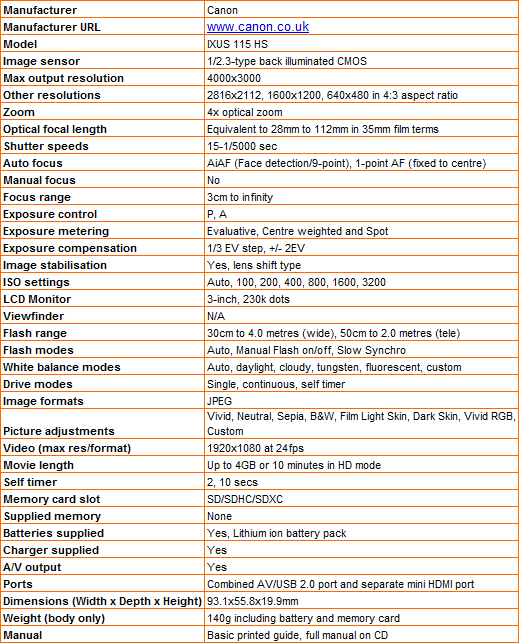
A selection of images taken at the camera’s incremental light sensitivity settings, using only available daylight. The IXUS 115 HS ISO range just like that of the 220 HS is modest and straightforward, starting out at ISO100 and working its way up to ISO3200, though Canon does throw in an additional Low Light shooting mode for fully auto snapping, the caveat being a resolution drop to three megapixels. Let’s see how well the Canon copes…
—-

—-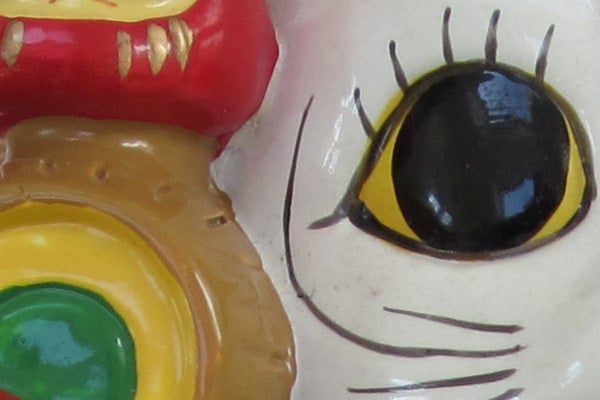
With the camera’s Auto ISO setting aptly choosing the lowest manually selectable option of ISO100, the shot is amazingly clear and crisp for a budget snapper and there’s no noise to report in shadow areas.
—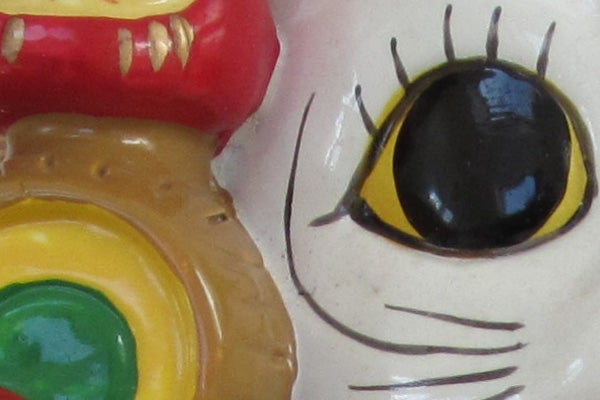
Same lack of noise to report at ISO200 thanks to a nigh identical result.
—-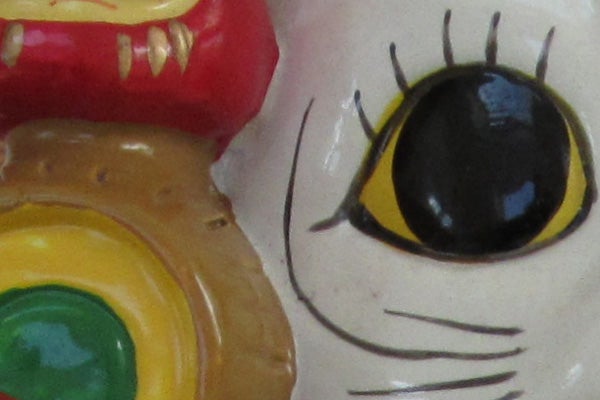
We’re at ISO400, usually the setting at which noise begins to creep in on cheaper compacts. While we’re not seeing noise, the shot is ever so slightly softer than the preceding two settings.
—-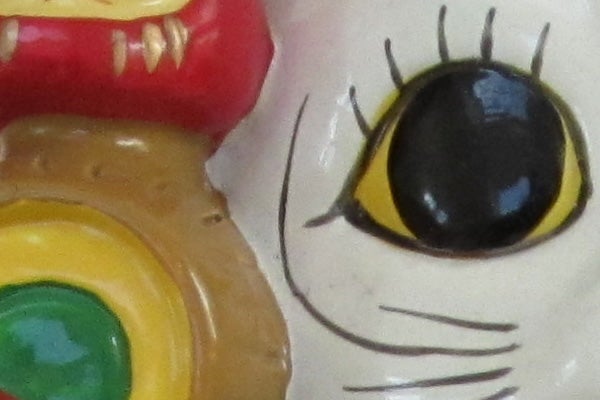
The same test subject at ISO800, and overall the image is still fairly clean if we’re slightly losing edge definition on close inspection.
—-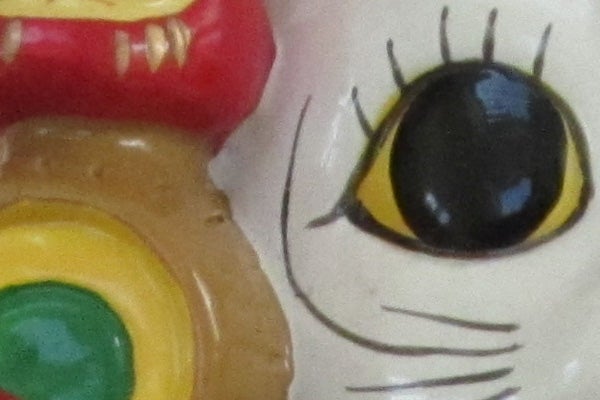
Slightly softer again when it comes to detail examining our test image under close scrutiny at ISO1600. But again most would be hard pressed to spot any deterioration when viewing the full frame.
—-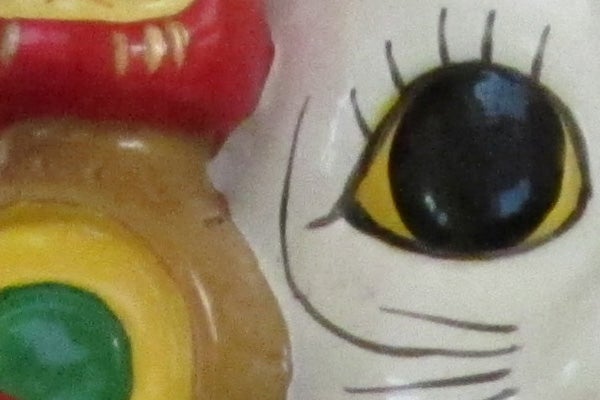
A marginally grittier and the same time softer image at ISO3200 but not a pronounced jump in terms of degradation over ISO1600. Overall the Canon 115 HS has performed very respectably in this task, giving a near identical showing to the slightly more expensive 220 HS and 310 HS siblings.
—-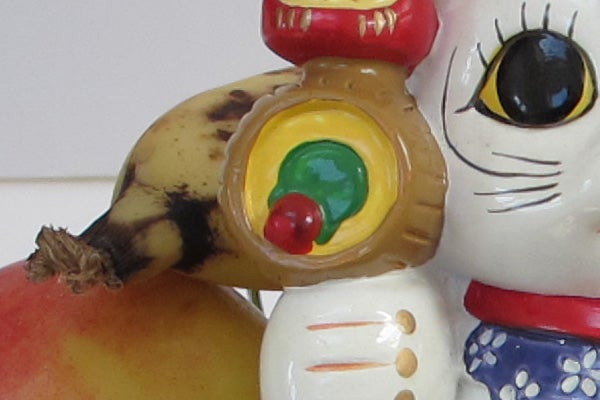
…And so we’ve tried shooting our test image with Low Light mode selected, which effects an image drop to three megapixels. Here the camera has itself chosen a setting which equates to ISO400, so again, no apparent noise, but we are getting a pixellated effect when cropping in to the same degree as the shots above.
—-
A more general selection of test shots are revealed on this page and next to act as an evaluation of the IXUS 115 HS in a variety of shooting conditions.
—-

This unadulterated wide angle shot at 28mm equivalent setting straight from the 115 HS reveals reasonably good edge to edge sharpness, even if we are seeing focus start to fall off at the upper corners of the frame and some slight pixel fringing under particularly close inspection. Colours are attractively vibrant too.
—-

By contrast a handheld maximum 112mm (35mm equivalent) telephoto shot from the same vantage point. Considering that this is a snapshot model we’re impressed with the level of detail maintained here.
—-
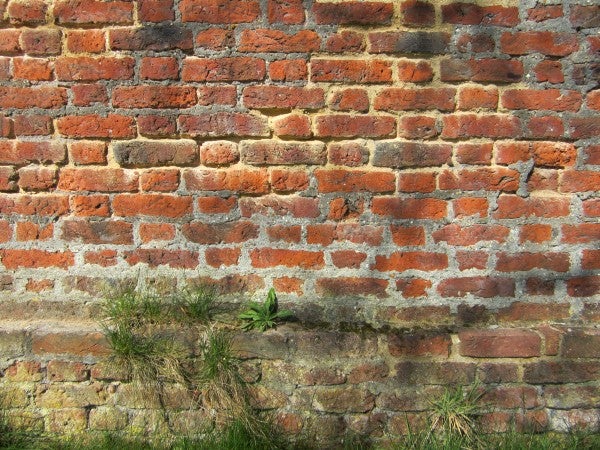
Another maximum wide angle shot of a closer subject with plenty of inherent detail which will give a better impression of the crispness captured in the 115 HS’ 12 megapixel shots. Although admittedly the wall is fairly well worn, we’re not seeing obvious barrel distortion at this range.
—-

Our rusty gate shot reveals more detail than we might expect from a humble 12 megapixel snapper with a physically smaller lens. The camera’s exposure has maintained highlight detail in the circular crest under direct sunlight.
—-
Here are some general test shots taken with the IXUS 115 HS to give an idea of performance ability when it comes to image quality, dynamic range, colour rendition and focal range.
—-
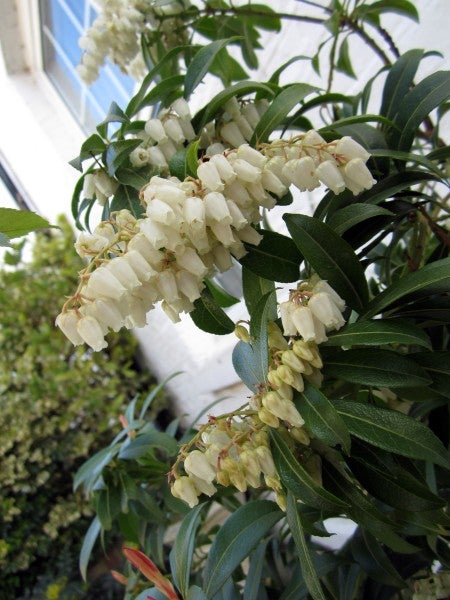
Like its sibling IXUS models, here we have a display of lovely natural colours from the 115 HS in this also crisply detailed extreme close up shot; those who do purely want to point and shoot and get decent results without spending a lot up from could do far worse than consider this budget model.
—-
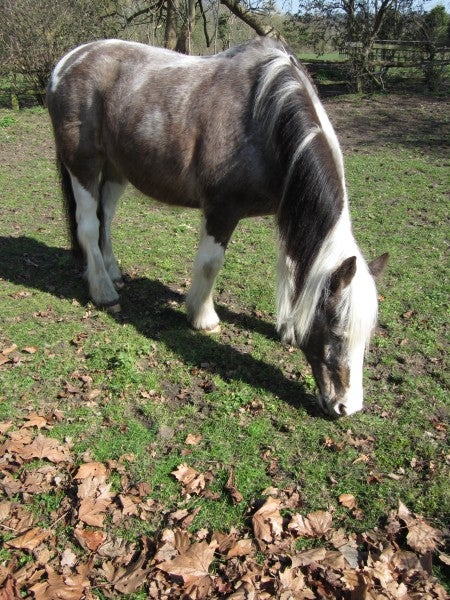
A decent depth of field has maintained detail for foreground to background; the shot could perhaps do with a little more contrast, but otherwise this is another very respectable result straight out of the camera.
—-

Among the Canon IXUS 115 HS’ fun digital effects filters is a toy camera mode, which delivers more muted colours reminiscent of a colorised black and white postcard and also corner shading to provide that pin hole camera look.
—-

Among the same effects filters, accessed with a press of the function button if the camera is in program mode, is this increasingly ubiquitous miniature mode that, which narrows the portion of the image in focus to a central band and ramps up the colour saturation, ‘shrinking’ the subject to make it appear as if it’s on a toy town scale, as here.
—-
Trusted Score
Score in detail
-
Value 9
-
Image Quality 8
Features
| Camera type | Digital SLR, Digital Compact |
| Megapixels (Megapixel) | Megapixel |
| Optical Zoom (Times) | 12 Xx, 4 Xx |
| Image Sensor | CMOS |
| Image Stabilisation | Optical |
| LCD Monitor | 3 in |
| Flash modes | Auto Flash, Flash OFF, Flash ON, Red-eye Reduction, Slow Sync, Flash Exposure Compensation |
| Video (max res/format) | 640 x 480, 1920 x 1080 |

